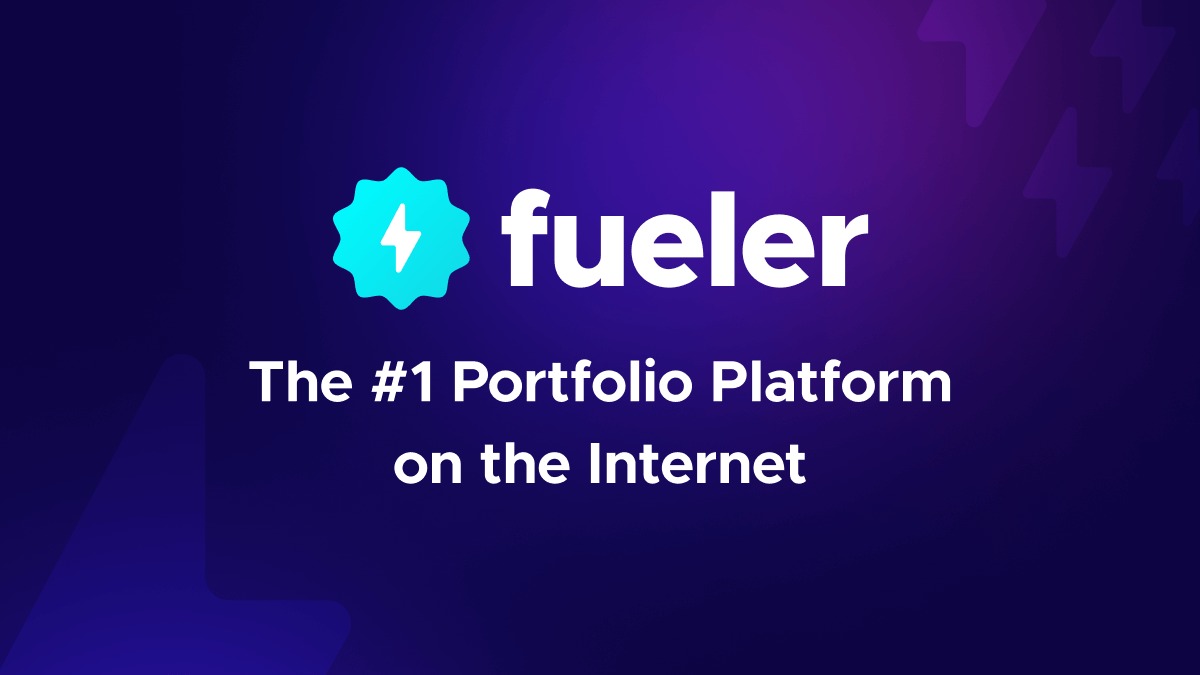AI-Driven Accessibility: Making Online Courses Inclusive

Riten Debnath
05 Jun, 2025

In today’s world, education must be accessible to everyone, no matter their abilities or challenges. Yet, many online courses still struggle to serve students with disabilities or learning differences effectively. AI-driven accessibility is transforming this reality by making online courses inclusive, ensuring every learner has the chance to succeed and thrive.
I’m Riten, founder of Fueler — a platform that helps freelancers and professionals get hired through their work samples. Just as Fueler empowers professionals to prove their skills through real work, AI-driven accessibility tools prove their power by breaking down barriers in education. This article explores how AI is revolutionizing online course accessibility and why this matters more than ever in 2025 and beyond.
1. Understanding Accessibility Challenges in Online Learning
Online learning is convenient and flexible, but it poses unique challenges for students with disabilities such as visual impairments, hearing loss, or cognitive difficulties. Traditional e-learning platforms often lack the necessary tools to support these learners fully, limiting their engagement and success.
AI-driven accessibility tools are designed to address these challenges by making content adaptable and usable by all students, regardless of their individual needs.
- Many online courses do not have captions, audio descriptions, or screen reader compatibility.
- Students with disabilities may struggle to navigate, understand, or interact with content.
- Accessibility is not just about compliance but enabling true learning equity.
2. AI-Powered Captioning and Transcription for Deaf and Hard of Hearing Students
One of the most powerful AI accessibility tools is automatic captioning and transcription. AI uses speech recognition to convert spoken words into text in real-time or for recorded videos. This technology makes lectures, discussions, and tutorials accessible to deaf and hard of hearing students.
Tools like Otter.ai and Microsoft Azure Speech to Text offer high-accuracy transcriptions and live captions that integrate seamlessly with popular online learning platforms.
- AI-generated captions allow students to read along and understand audio content.
- Transcripts provide searchable text for review and study.
- Captioning improves comprehension even for students without hearing impairments by reinforcing learning.
3. AI-Enhanced Screen Readers and Visual Assistance
Students with visual impairments rely on screen readers to access online content. AI has significantly improved the ability of these tools to interpret complex web pages, images, and multimedia.
Tools like JAWS and NVDA now incorporate AI to better describe images, charts, and videos using natural language processing (NLP). This enhancement means visually impaired students get a more complete understanding of course materials.
- AI interprets visual content, providing detailed descriptions instead of just text labels.
- Enhanced screen readers improve navigation and interaction with course platforms.
- AI supports multiple languages and voice options for better user experience.
4. Personalized Learning Supports for Students with Cognitive Disabilities
AI can adapt learning content for students with cognitive or learning disabilities such as dyslexia, ADHD, or autism. By analyzing how students interact with content, AI adjusts the pace, complexity, and presentation style to match individual needs.
Platforms like Ginger Software provide AI-powered grammar and reading assistance, while ModMath helps students with math difficulties. These tools reduce cognitive overload and make learning more manageable.
- AI breaks down complex information into simpler language or formats.
- Personalized prompts and reminders help maintain focus and motivation.
- Learning support tools encourage independence and confidence.
5. Why Fueler Matters for Inclusive Education Professionals
At Fueler, I see the critical role portfolios play in demonstrating real-world skills. For educators and developers specializing in accessible online courses, showing projects that implement AI-driven accessibility solutions can be a game-changer.
Fueler enables you to showcase assignments or projects where you applied AI tools to make learning inclusive. This proof of expertise helps you stand out to employers or clients committed to educational equity.
6. Emerging Trends in AI Accessibility for Online Courses
The future promises even more innovative AI accessibility tools. Advances in computer vision and machine learning will improve automated sign language interpretation, real-time language translation, and adaptive learning environments that respond to student emotions and needs.
These technologies will create richer, more inclusive online learning experiences for all students.
- AI will enable real-time sign language avatars and interpreters.
- Multilingual AI translation will break language barriers instantly.
- Emotion-aware AI will adjust content delivery for maximum engagement and support.
Final Thought
AI-driven accessibility is not just a trend; it is an essential evolution in online education. By harnessing AI’s power to remove barriers, we create a learning world where everyone can participate and succeed. As the founder of Fueler, I believe showing your expertise in these transformative AI tools through practical portfolios is vital for educators and developers who want to lead this inclusive revolution.
FAQs
Q1: What are the best AI tools for making online courses accessible?
Popular tools include Otter.ai for captioning, JAWS and NVDA for screen reading, and Ginger Software for cognitive support.
Q2: How does AI help students with hearing impairments?
AI generates live captions and transcripts, allowing students to read spoken content and participate fully.
Q3: Can AI improve accessibility for students with visual impairments?
Yes, AI-powered screen readers provide detailed image descriptions and better navigation for visually impaired students.
Q4: How does AI support students with learning disabilities in online courses?
AI personalizes content complexity, offers reading and writing assistance, and adapts pacing to suit individual needs.
Q5: How can educators showcase their AI accessibility skills to employers?
Using platforms like Fueler, educators can build portfolios showcasing projects where they implemented AI-driven accessibility solutions.
What is Fueler Portfolio?
Fueler is a career portfolio platform that helps companies find the best talents for their organization based on their proof of work.
You can create your portfolio on Fueler, thousands of freelancers around the world use Fueler to create their professional-looking portfolios and become financially independent. Discover inspiration for your portfolio
Sign up for free on Fueler or get in touch to learn more.


